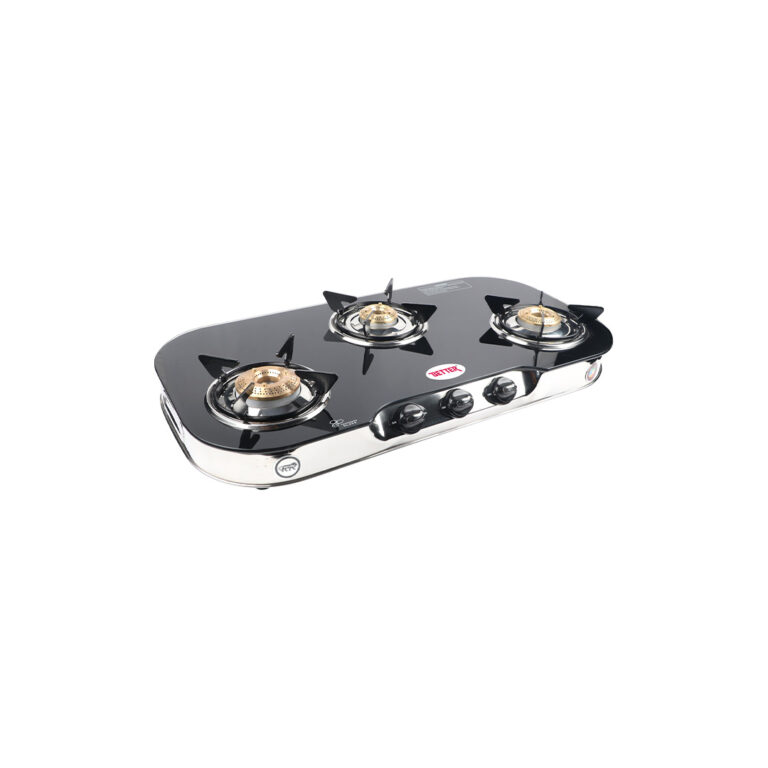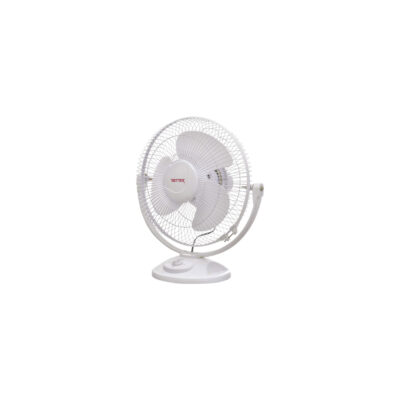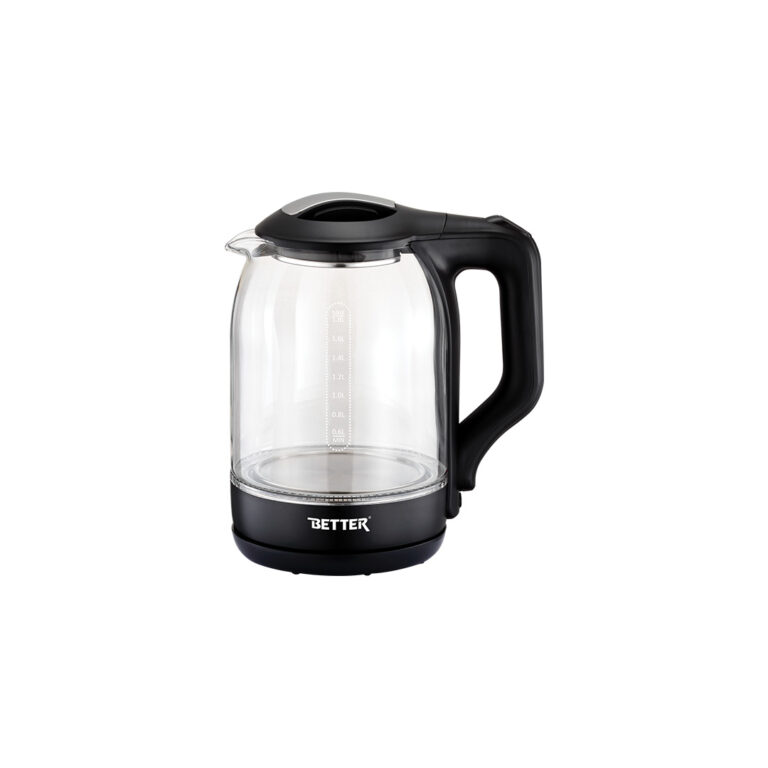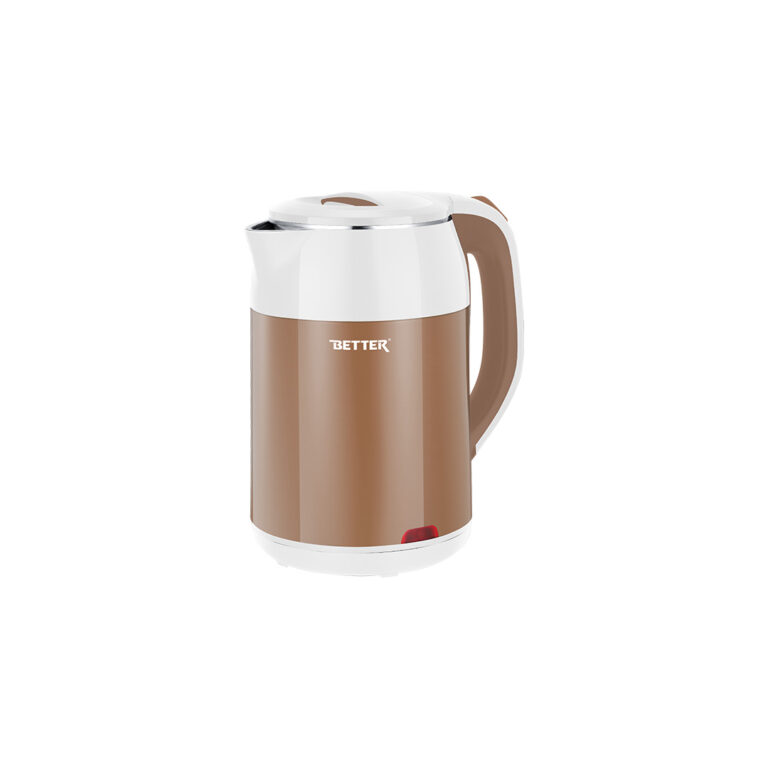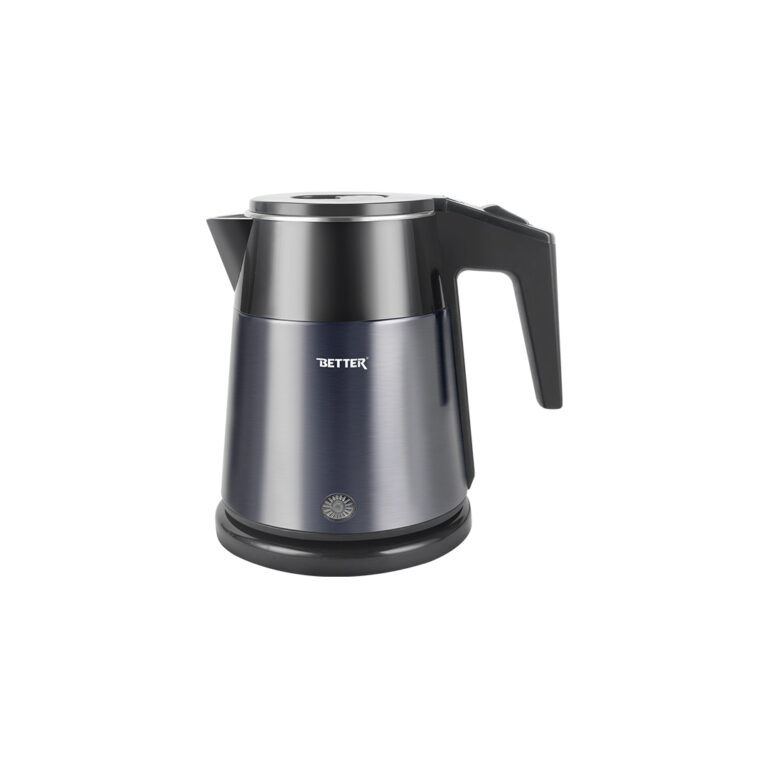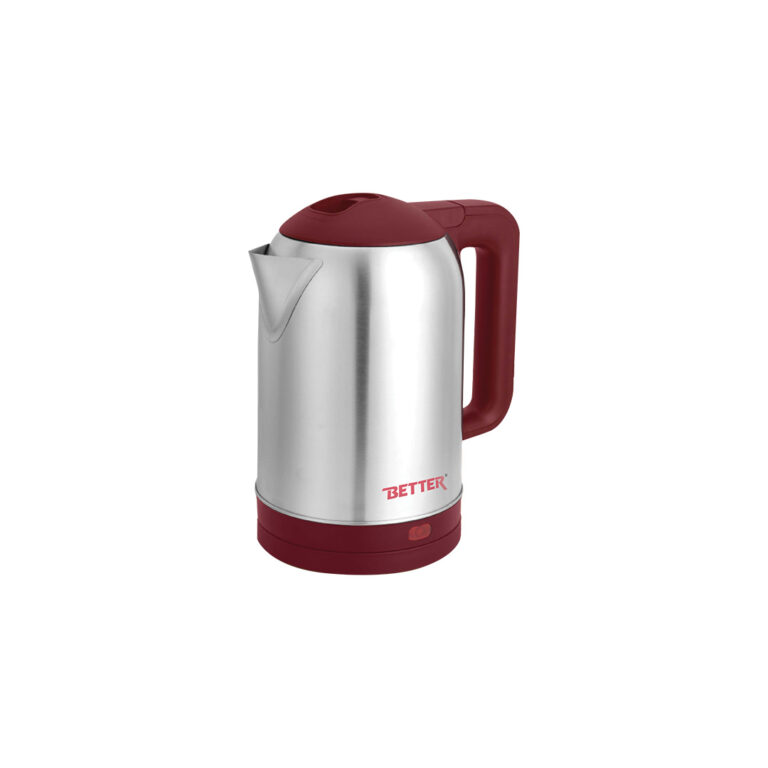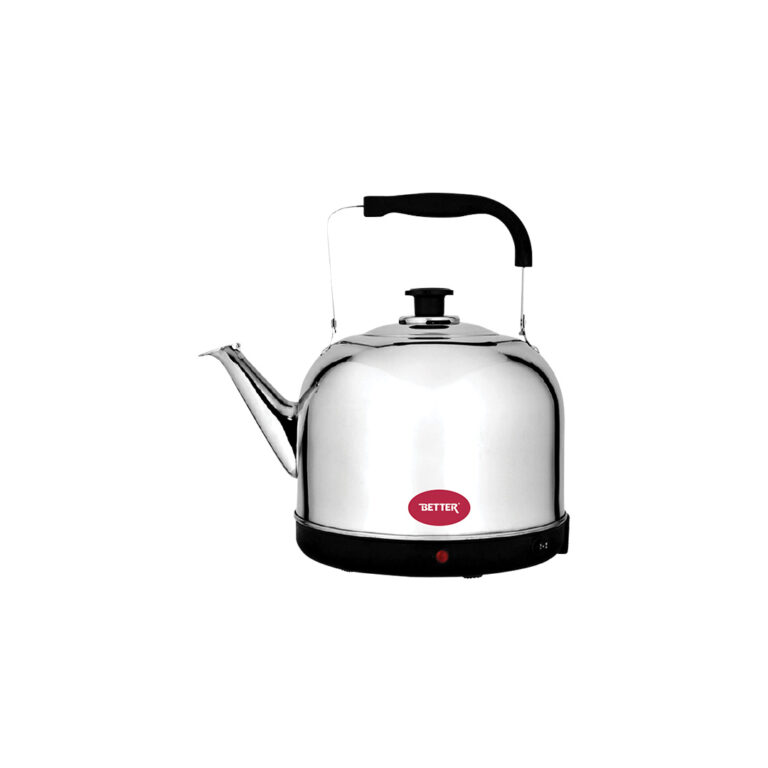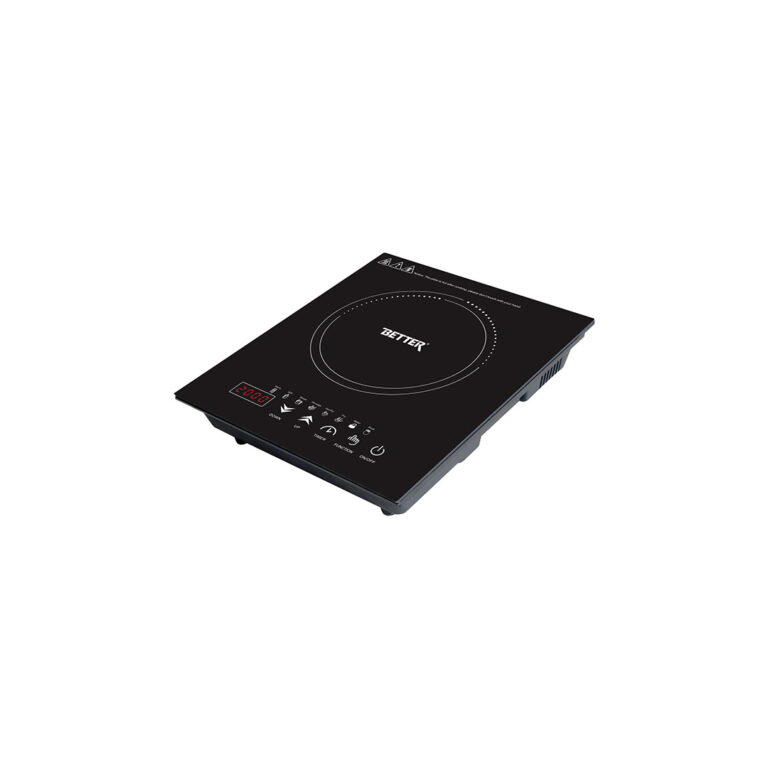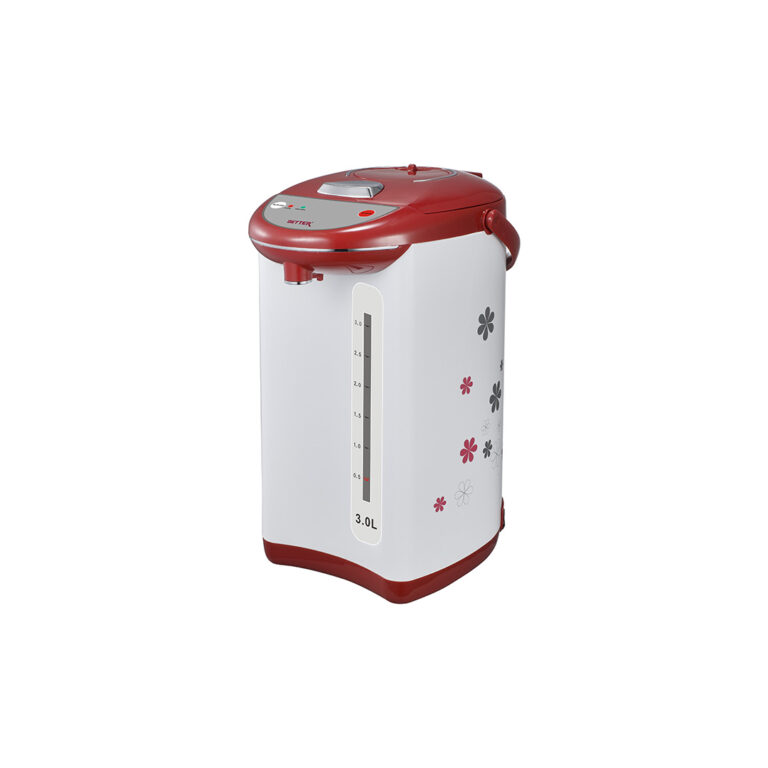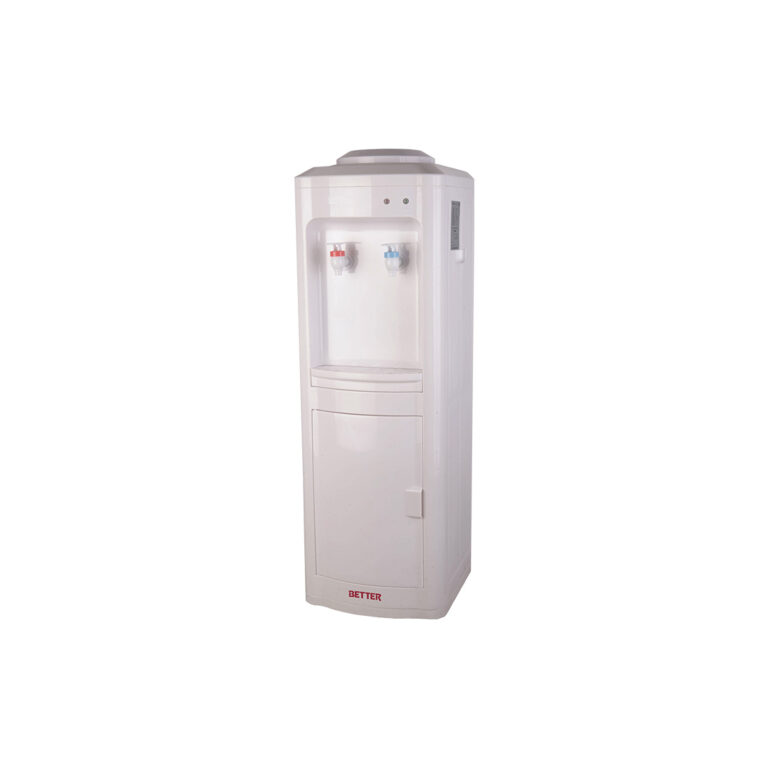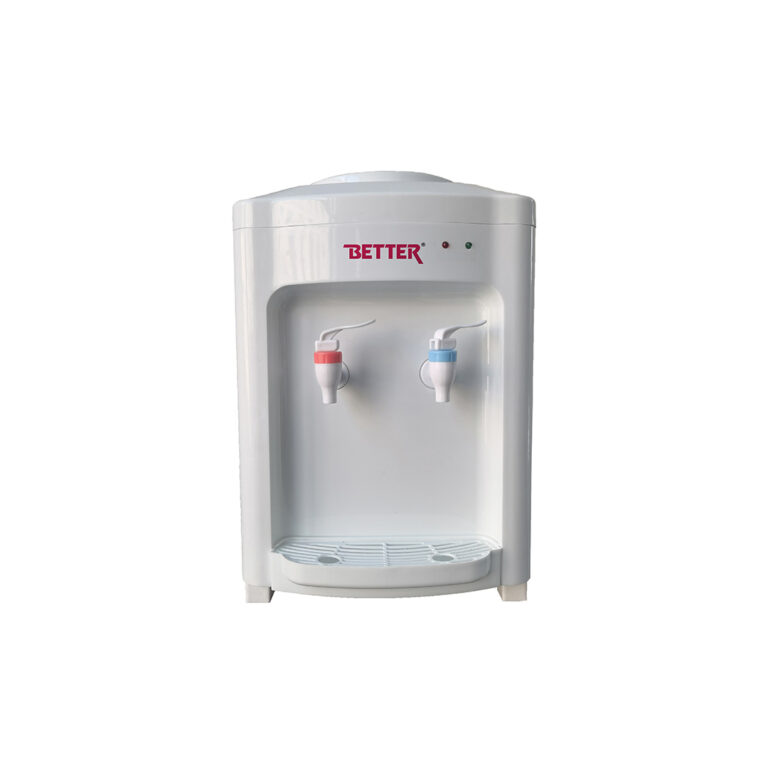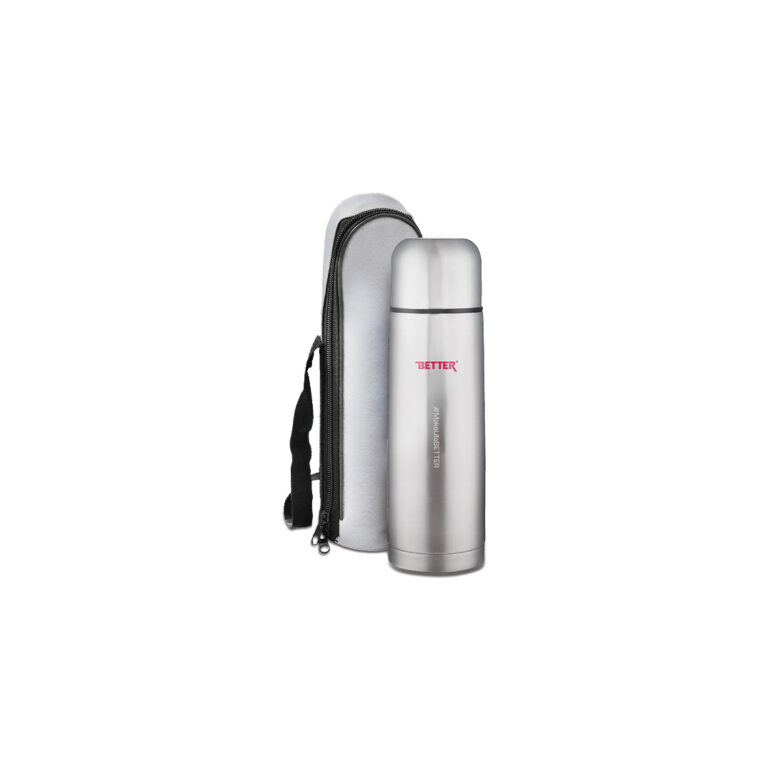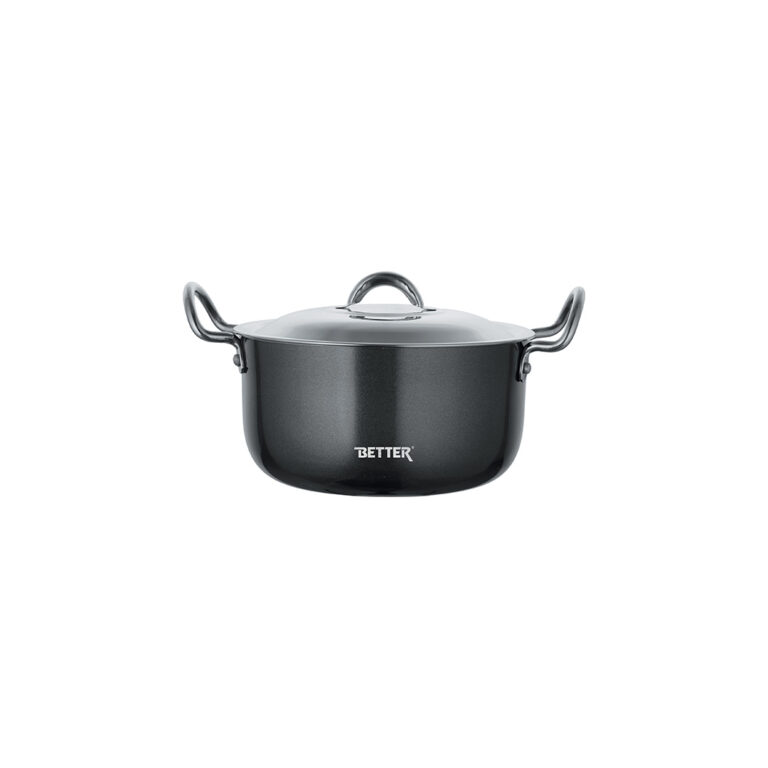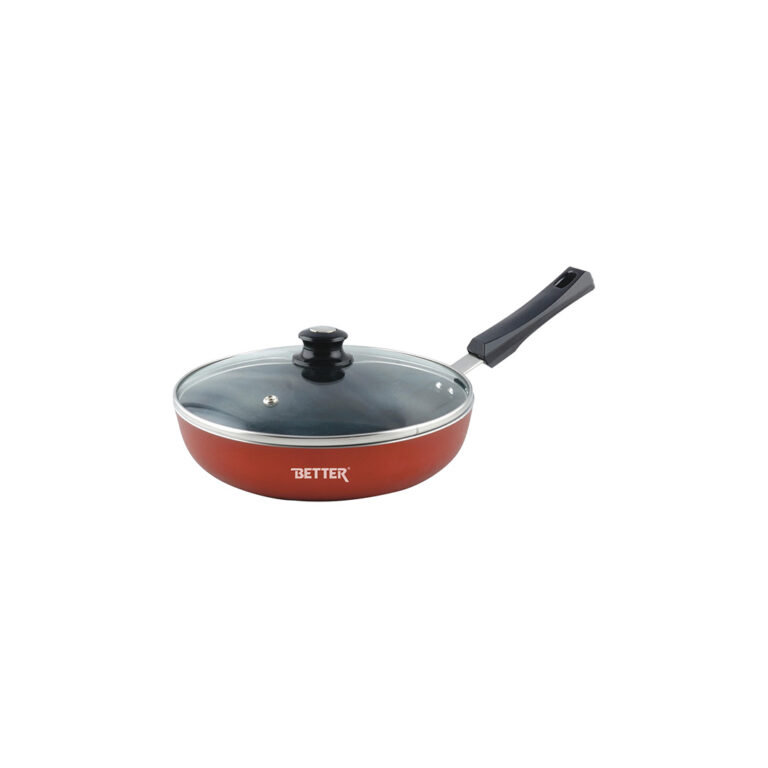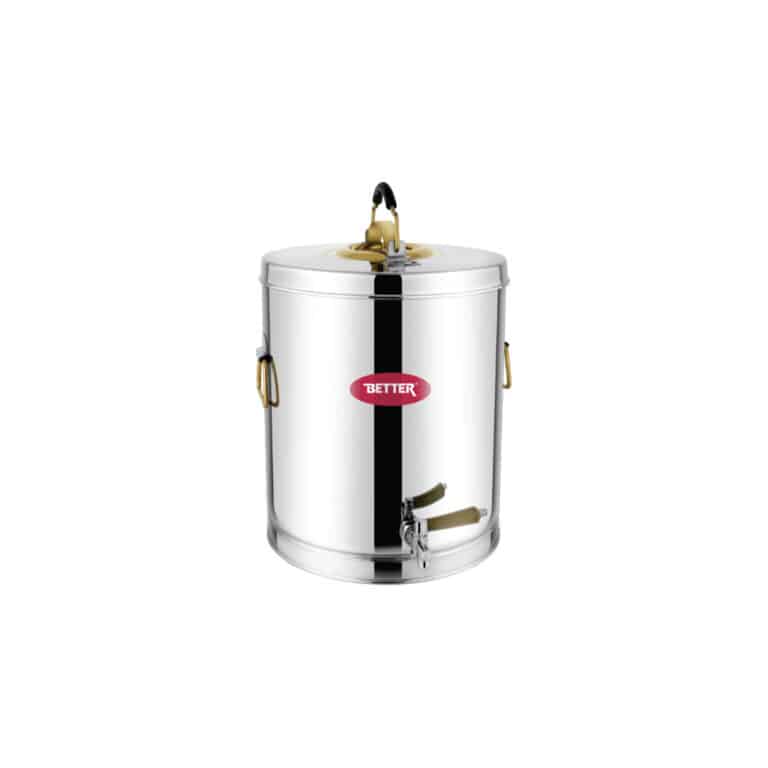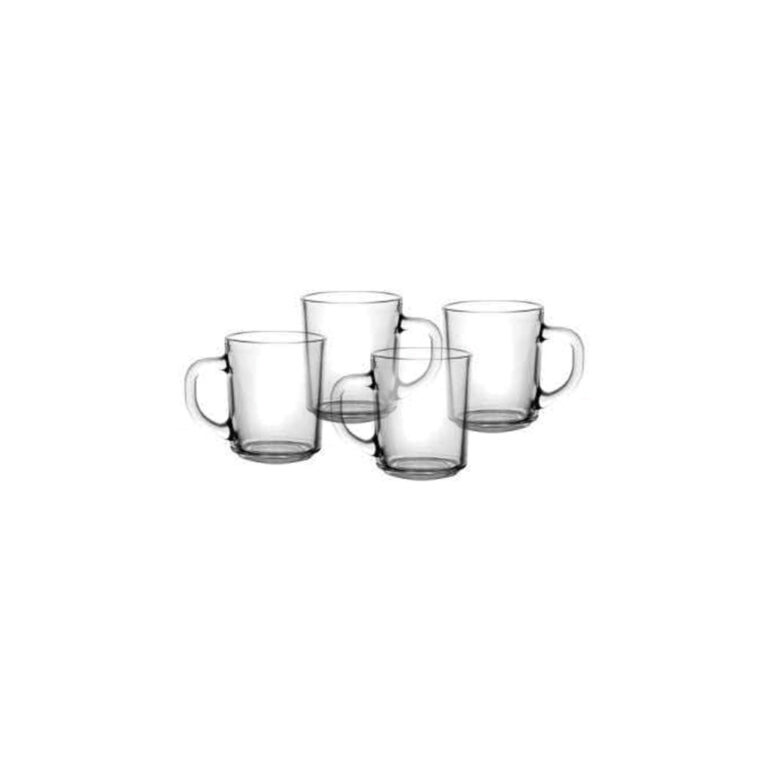

Energy-Saving Solutions: Table Fan vs Ceiling Fan Power Consumption
March 14, 2024
Share To:
A fan is one of the home appliances that are most frequently used in summer. Whether it be a table fan, ceiling fan, or stand fan, these are the ones that help us beat the summer heat and make our room cool.
However, when it comes to using a fan for an extended period, one thing pops into almost everyone’s mind. How much will the fan consume energy and will it increase the electricity bill? So, to answer this question, in this blog we will be going through table fan vs ceiling fan power consumption, both being common fans mostly used during summer.
Ceiling Fan and It’s Working
A ceiling fan is a mechanical fan that is designed to be attached to the ceiling of the room and then circulate air. It typically consists of a motor, blades, a down rod that connects the fan to the ceiling, and a mounting mechanism.
A ceiling fan works by using a motor that rotates the angled blades attached to it. These fans are mounted on the ceiling and use a motor to rotate blades, which circulate air in the room. By creating airflow, ceiling fans help to evaporate moisture from the skin, making you feel cooler.
Table Fan and It’s Working
As the name suggests, a table fan is a mechanical fan designed primarily to sit on a table or desk and then circulate air. It typically consists of a motor, blades, and also a protective grille.
The working of a table fan is also similar to a ceiling fan. A motor in the table fan is connected to the blades. When the fan is connected to a power source, the motor rotates, ultimately rotating the blades. This creates airflow and helps to circulate air in the room. A table fan comes with a base that provides stability and support ensuring that the fan remains upright and secure.
Understanding Key Differences: Table Fan vs Ceiling Fan
Now as we have discussed briefly about the table fan and ceiling fan along with their working, let’s find out the differences between them.
Placement
The major difference between a table fan and a ceiling fan lies in their placement designs. While a ceiling fan is designed to be mounted on the ceiling with a down rod, a table fan is designed to sit on a table or desk.
Airflow and Coverage
As ceiling fans are placed in the ceilings the airflow takes place either in an upward or downward direction. In addition, they can cover a larger area. Table fans on the other hand only provide horizontal flow and cover a limited area.
Design and Portability
Ceiling fans are generally larger, and come in different styles but are fixed in one place after installation. Table fans come in various designs and sizes often with adjustable heights and tilt angles. In addition they they are compact and highly portable.
Functions and Features
Table fans come with multiple functions and features including adjustable heights, 360-degree oscillation, and multiple speeds. The functions and features of a ceiling fan are limited as they are usually fixed in the ceiling. However, features such as speed control are available.
Table Fan vs Ceiling Fan Power Consumption: Which consumes more energy?
Now that we know about the differences between table fans, and ceiling fans, it’s time for us to move toward our primary concern. So, let’s get into finding out the power consumption of table fans and ceiling fans.
A table fan is designed for localized cooling and typically has smaller blades when compared to ceiling fans. On the other hand, ceiling fans have larger blades and are designed to cover larger spaces. So, this makes ceiling fans consume more energy than table fans.
However when it comes to efficiency a ceiling fan might be more efficient and save energy when compared to a table fan as per the airflow coverage. Also, ceiling fans can circulate air effectively in a room allowing better distribution of air.
To sum up, ceiling fans may consume more energy than table fans, but their efficiency and ability to circulate air effectively can result in lower overall energy consumption.
Make sure you go through Maximizing Efficiency: Understanding Wall Fan Power Consumption to know how much power a wall fan consumes.
Energy Efficiency Tips: Table Fan and Ceiling Fan
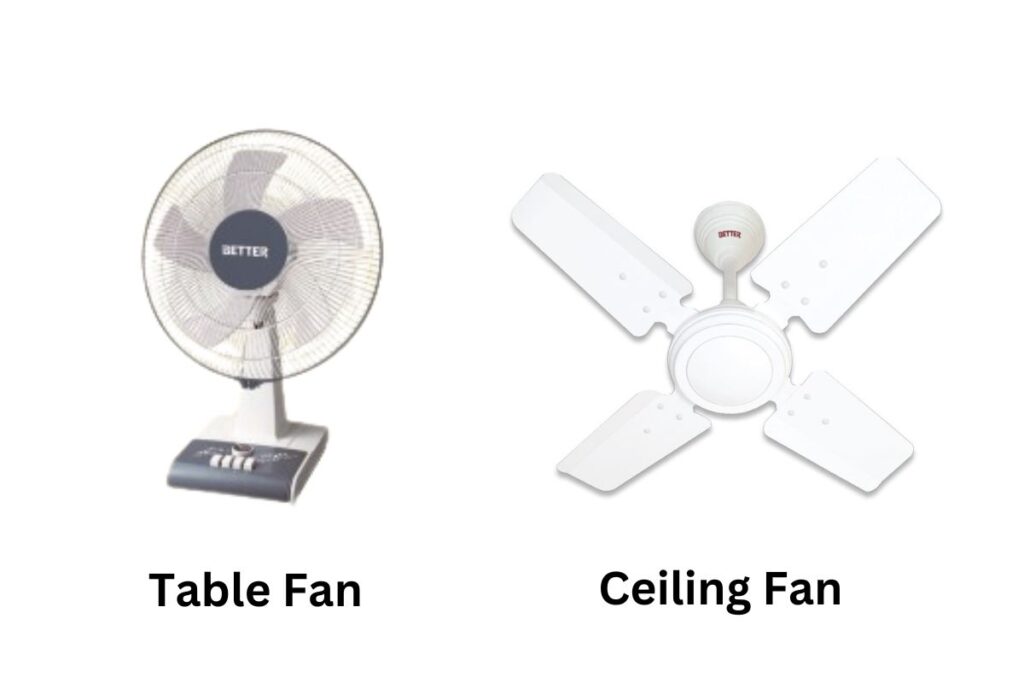
Both table fans and ceiling fans have their unique uses. For creating airflow in the larger area a ceiling fan is suitable. On the other hand, table fans offer portability and airflow for a limited space. No matter whichever fan you choose, here are a few energy efficiency tips that are applicable in both of the fans:
Consider Fan Placement: Place fans in a place where there is no obstruction to the airflow, maximizing efficiency.
Consider Fan Size: Whether it be a table fan or a ceiling fan, choose the right fan size according to the space. Oversized fans contribute only towards increasing energy bills.
Maintenance and Cleaning: Ensure regular maintenance and cleaning of the fan. Proper maintenance and cleaning help in maintaining the efficiency of the fan.
Choosing Energy-Efficient Models: Modern ceiling and table fans are highly energy-efficient. Consider switching to the latest ceiling and table fan models which are energy-efficient.
Conclusion
Both ceiling fans and table fans are among the popular fan types that help to cool spaces in summer. A ceiling fan has a design that makes it attach to the ceiling and circulate air over the space. Similarly a table fan has a design to sit at a table or a desk and circulate air horizontally.
When it comes to table fan vs ceiling fan power consumption, ceiling fans might consume more energy due to their size and airflow capacity. However, when it comes to efficiency, ceiling fans are more efficient in comparison to table fans as they circulate the air more effectively.
There are a few things to consider that can help in maximizing the efficiency of the fan whether it be a table fan or a ceiling fan. This includes proper fan placement, choosing the appropriate fan size, regular maintenance and cleaning, and considering the latest fan models.
Related Blogs


How to connect a ceiling fan?

























